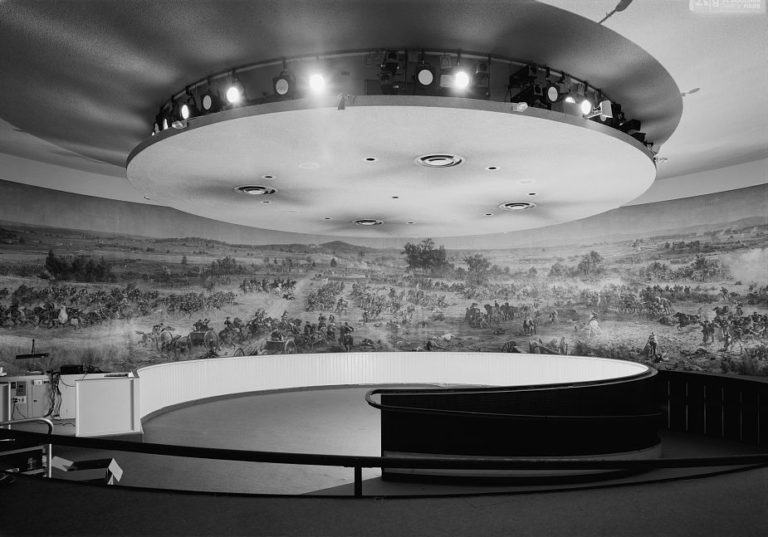
Whether we are designing buildings, landscapes or neighborhoods, we are working on a cultural landscape – a place built from customs, memories, histories and associations as much as visual design itself. This course provides an overview of American cultural landscapes and their alteration, through readings, visual art, films, site visits and field surveys. To know a landscape is to make a landscape, and the course will critically examine the frames used to define culture—archaeology, history, historic preservation, artistic practice, government survey and documentation–as productive practices. Throughout the semester, the course will interrogate the concept of vernacular landscapes, more broadly defined as landscapes of everyday life.
The course will present theoretical, research and fieldwork methods for analyzing the production of cultural land. Landscapes to be engaged include the roadsides of Route 66, the ruins of Detroit, abandoned St. Louis cemeteries, Appalachian coal mining areas, the Standing Rock Sioux reservation, Houston’s petrochemical facilities and more. We will examine ideas and methods proposed by J.B. Jackson, Lucy Lippard, the Center for Land Use Interpretation, the National Park Service, bell hooks and others. Fieldwork will take students to sites in and around St. Louis related to course readings, including a cemetery, a landfill, a mound and a historically black neighborhood in the suburbs. Students will create a final project that represents (or produces) a cultural landscape utilizing methods of critical spatial practice, historic research and visual design.
This course exists in both the Graduate School of Architecture [ARCH/LAND 524] and the American Culture Studies program [AMCS 402].
Fall 2016 Syllabus (Architecture/Landscape Architecture)
Summer 2017 Syllabus (American Culture Studies)
Fall 2017 Syllabus (Architecture/Landscape Architecture)
